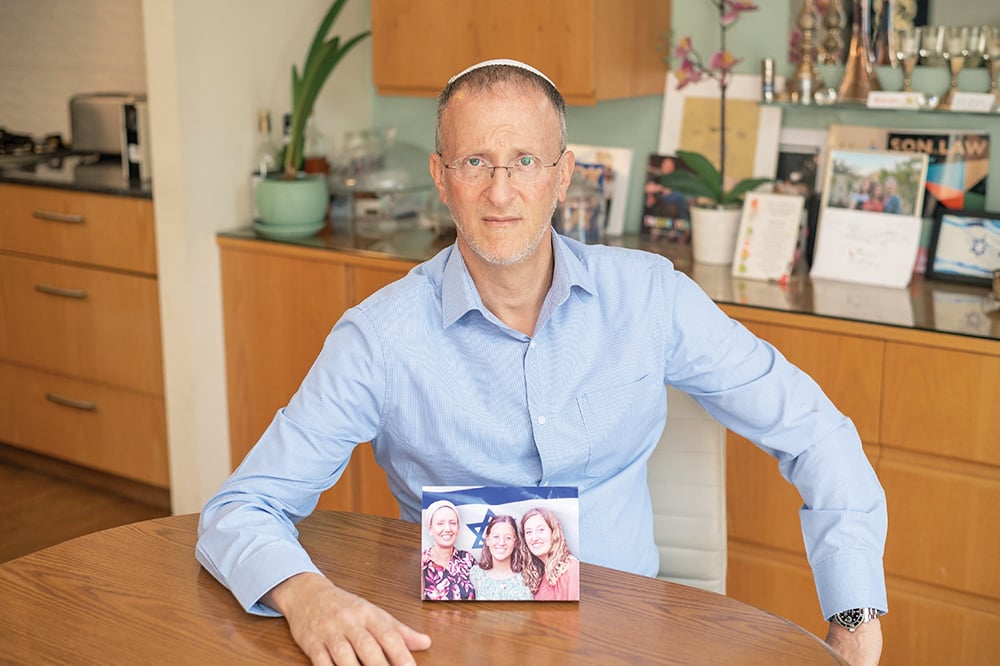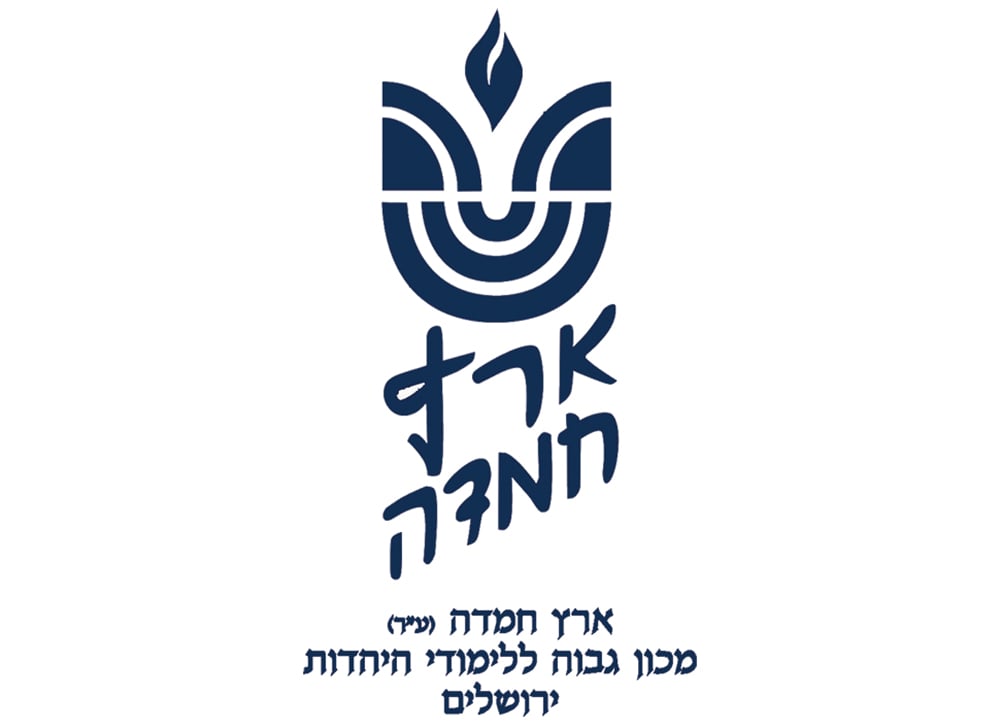
Fundraising has a long and storied history going back at least to the time when the Jews traveled in the desert and Moses collected funds to pay for the building and the upkeep of the (Mishkan) Tabernacle. Every Israelite over the age of 20 was commanded to donate one half shekel to the Mishkan project. That capital campaign was a huge success!
Of course, there was no other nonprofit organization competing for scarce funds, as there are today.
Fast forward to present day.
According to a story in Giving USA, “donations from America’s individuals, estates, foundations and corporations reached an estimated $373.25 billion in 2015, setting a record for the second year in a row…” Individual donors led the way with a whopping $264.58 billion, 3.8 percent more than the year before, and followed a pattern seen over more than six decades.
The National Center for Charitable Statistics also states that there are nearly 1.6 million nonprofit organizations in the United States today. This is nearly a 27 percent increase in nonprofits since 2000 alone. But, there are actually 2.3 million nonprofits in the United States. However, not all are registered as tax-exempt organizations.
In the more than three decades I have worked in the field of development (the professional name for the field of fundraising), I have seen seismic changes in philanthropy as generational have transformations occurred. This is what I call “the great divide—millennial versus baby boomer fundraising.” This divide is typified with characteristics now evolving as a new face of philanthropy takes shape.
The Baby Boomers
Baby boomers were born between 1946 and 1963, give or take a year. There are now more than 76 million baby boomers. Early on I found that this generation of donors had certain distinctive qualities. They loved special events. Dinners, concerts, raffles, journals were only among some of the methods of fundraising they regularly subscribed to. This group also enjoyed attending board and committee meetings. It was traditional.
I remember collating dozens of dinner and journal informational kits that we distributed to our committee to suggest tips on how to go about engaging their friends, family and acquaintances to participate in the gala. One day, an irate committee member called me and said: “Where is my checklist of those I need to solicit?” She was referring to a list including her accountant, attorney, refuse collector, landscaper and the like, which was inadvertently left out of her kit. Most of the list was common sense, but she was lost without it.
This generation had a unique work ethic that manifested itself in fundraising. We used to run a mid-summer raffle and gala event at one of my nonprofits. Irving, a polish Holocaust survivor, was our most prolific raffle fundraiser, bringing in $25,000-$30,000 in raffle sales each year. We would schedule a non-fundraising meeting at the organization with 20 or more in attendance. Irving would drop by unannounced and poke his head into the conference room and innocently ask in his strong Yiddish accent: “Am I disturbing you?” And for the next 30 minutes, Irving would regale us with his raffle stories. We loved it and knew there was no sense in continuing our meeting. Irving’s work ethic was unassailable.
Social media were not in place then and baby boomers relied on phone squads, letters and personal contacts to reach those donors. Obviously, times have changed and today we strongly rely on technology to get the word out. Yet, managing personal relationships has not changed and is as important today as it was then.
Don’t doubt for a moment that the baby boomers haven’t adapted today and use social media and other online methods to give. But, there was a different relationship one had with the baby boomers and they responded to different giving catalysts.
The Millennials
The face of fundraising has changed dramatically and millennials, born after 1981, best exemplify a new look. I met with a young financial investor in Los Angeles a few years ago to solicit a gift. His immediate response was: “Show me your metrics.” He had no interest in my emotional stories about the organization. He wanted to see our budget and the metrics showing progress.
There are an estimated 80 million millennials in the USA and they are very tech savvy. The donor of yesteryear was happy to write a check and get an ad in a journal or a plaque on a wall. Today’s donor is no longer satisfied with these amenities. Instead, among their interests, they want to see the nonprofit’s web site, their Charity Navigator rating, mobile device giving, strong social networking outreach, monthly giving options, crowdsourcing and special events that cater to large singles or young couples activities.
Millennials, more than before, seldom have the attention span of their elders. Today’s Facebook and Twitter may lose their interest as new and more interesting social media are developed. If you don’t respond immediately to their needs, they will likely go elsewhere. Their passion for the charity has to mix with fun and social networking. We need to adapt.
Reaching New Fundraising Plateaus
I am convinced that there is no word in the Hebrew language that is not also the name of a Jewish nonprofit. If someone sneezes and a friend says: “Labriut,” inevitably someone else will say: “Great name for an organization.” The intense competition for the same fundraising dollars will require creative new ideas to reach baby boomers, millennials and others. This will necessitate reaching new fundraising plateaus. Is your organization up to the challenge?
By Norman B. Gildin
Norman B. Gildin has fundraised for nonprofits for more than three decades and has raised upwards of $92 million in the process He is the president of Strategic Fundraising Group whose singular mission is to assist nonprofits raise critical funds for their organization. He can be reached at [email protected].










